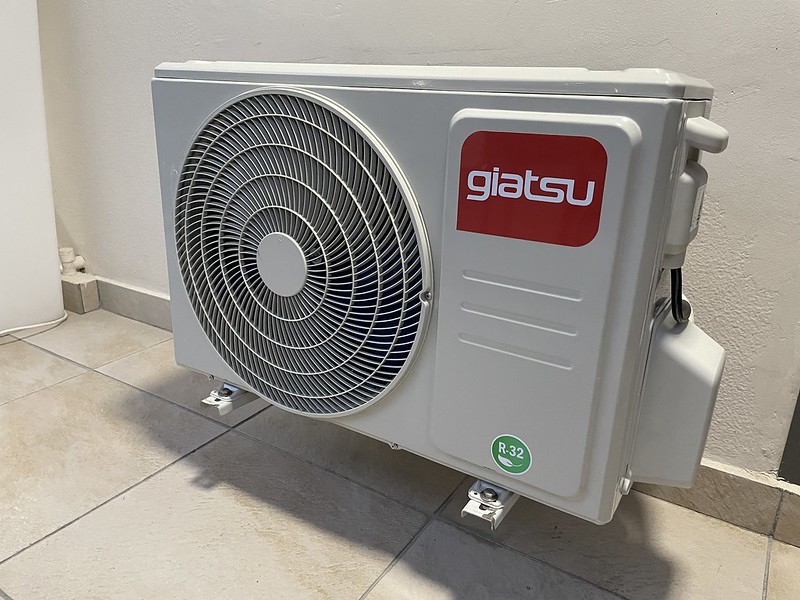Dry mode on a mini-split air conditioner can help remove excess moisture from the air, but it’s important to understand how it works and its limitations to ensure it’s used effectively and efficiently. This comprehensive guide will delve into the technical details of dry mode, its impact on energy consumption, and best practices for optimizing its usage.
Understanding Dry Mode
Dry mode on a mini-split air conditioner is designed to reduce the humidity level in a room by lowering the fan speed. This slower fan speed results in a more localized cooling effect around the coil, rather than pushing the cooled air out into the room. As the warm, moist air passes over the cold coil, the moisture condenses and is drained out of the system.
However, it’s important to note that dry mode is not a replacement for a dedicated dehumidifier. It’s meant to be used as a supplementary feature to control humidity levels, not to completely dehumidify a space.
Energy Efficiency of Dry Mode
One of the key questions surrounding dry mode is whether it saves electricity compared to other modes. The answer is a bit nuanced:
-
Reduced Fan Speed: Dry mode reduces the fan speed, which results in lower energy consumption compared to the cooling mode. Typically, dry mode consumes around 50% less electricity than the cooling mode.
-
Cooling Capacity: While dry mode consumes less electricity, it may not cool the room as quickly as the cooling mode. This is because the slower fan speed results in a more localized cooling effect, rather than distributing the cooled air throughout the space.
-
Temperature Dependency: The efficiency of dry mode is also dependent on the ambient temperature. In hotter conditions, dry mode becomes less efficient, as the system has to work harder to remove the excess moisture from the air.
-
Humidity Control: Dry mode is most effective when used for a couple of hours to control humidity levels. Running it for extended periods can make the air too dry and uncomfortable for occupants.
To optimize the energy efficiency of dry mode, it’s recommended to use it judiciously, balancing the need for humidity control with the overall cooling requirements of the space.
Best Practices for Using Dry Mode
To ensure that dry mode is used effectively and efficiently, consider the following best practices:
-
Close Windows: When using dry mode, it’s recommended to keep windows closed to prevent moist outdoor air from entering the space and undermining the dehumidification efforts.
-
Run During Rain: Running the air conditioner in dry mode during rainy periods can help prevent windows from fogging up, as the system will be actively removing the excess moisture from the air.
-
Monitor Humidity Levels: Keep a close eye on the humidity levels in the room and adjust the dry mode usage accordingly. Aim for a comfortable humidity range of 30-50%.
-
Limit Dry Mode Duration: Avoid running dry mode for extended periods, as it can make the air too dry and uncomfortable. Stick to a couple of hours at a time to control humidity effectively.
-
Combine with Cooling Mode: For optimal comfort and energy efficiency, consider using dry mode in conjunction with the cooling mode. This can help strike a balance between humidity control and overall cooling.
-
Clean Filters Regularly: Ensure that the air filters in your mini-split system are clean and unobstructed, as this can impact the efficiency of the dry mode operation.
By following these best practices, you can effectively leverage the dry mode feature on your mini-split air conditioner to control humidity while minimizing energy consumption.
Conclusion
Dry mode on a mini-split air conditioner can be a useful tool for controlling humidity levels, but it’s important to understand its limitations and use it judiciously. By following the technical guidance and best practices outlined in this comprehensive guide, you can optimize the energy efficiency of your mini-split system and maintain a comfortable indoor environment.

